Pickleball’s popularity is skyrocketing, and it’s no wonder why. It’s fun, social, and offers a great workout. However, stepping onto the court for the first time can be intimidating. Fear not! With the right strategies, beginners can quickly move from novices to confident players who can hold their own in a game.
Mastering a few basic techniques and understanding pickleball’s unique rules are the first steps toward victory. Whether it’s perfecting your serve, mastering the art of the dink, or positioning yourself strategically on the court, these beginner strategies are designed to give you an edge. Let’s dive into how you can start racking up those wins and, most importantly, have a blast while doing it.
Mastering the Basics
Before one can dream of dominating the pickleball court, mastering the basics is essential. It’s not just about getting the ball over the net but understanding the very foundation of the game that sets one up for victories. The journey to becoming a competent pickleball player begins with a solid grasp of the fundamentals, and here’s how they can make that happen.
Grip and Stance
First off, the way a player holds their paddle and positions their body plays a pivotal role in their overall performance. They should opt for a comfortable but firm grip on the paddle, similar to a firm handshake. This ensures that they have enough control over the paddle to direct the ball accurately. Additionally, maintaining a balanced and agile stance with knees slightly bent and feet shoulder-width apart allows for quick movements and efficient weight transfer during shots.
Serve Techniques
The serve in pickleball is crucial as it starts every point. Beginners should focus on mastering a consistent and reliable serve. There are two main types of serves they can experiment with:
- The Underhand Serve: This is perfect for beginners as it’s easier to control and place accurately.
- The Power Serve: More advanced and requires a good deal of practice to master but can catch opponents off guard.
Effective serving isn’t just about power; it’s about placement and strategy. Beginners should practice serving to different areas of the court to become versatile and unpredictable.
Scoring and Rules
Understanding the scoring system and rules of pickleball can significantly affect a beginner’s strategy. Points can only be scored by the serving team, which emphasizes the importance of a strong serve. The game is typically played to 11 points and must be won by at least 2 points. Also, there are specific rules about the non-volley zone or “kitchen,” where players are not allowed to volley shots. Knowing these rules in depth can help players make strategic plays and avoid common errors.
Practicing the Dink
The dink is a soft shot played just over the net, landing in the opponent’s non-volley zone. It’s a strategic shot designed to pull players out of their comfort zone and force them into making errors. Mastering the dink requires finesse and precision, as the goal is to make it difficult for the opponent to return the shot with power. Players should spend considerable time practicing their dink, aiming for consistency and placement.
Perfecting Your Serve
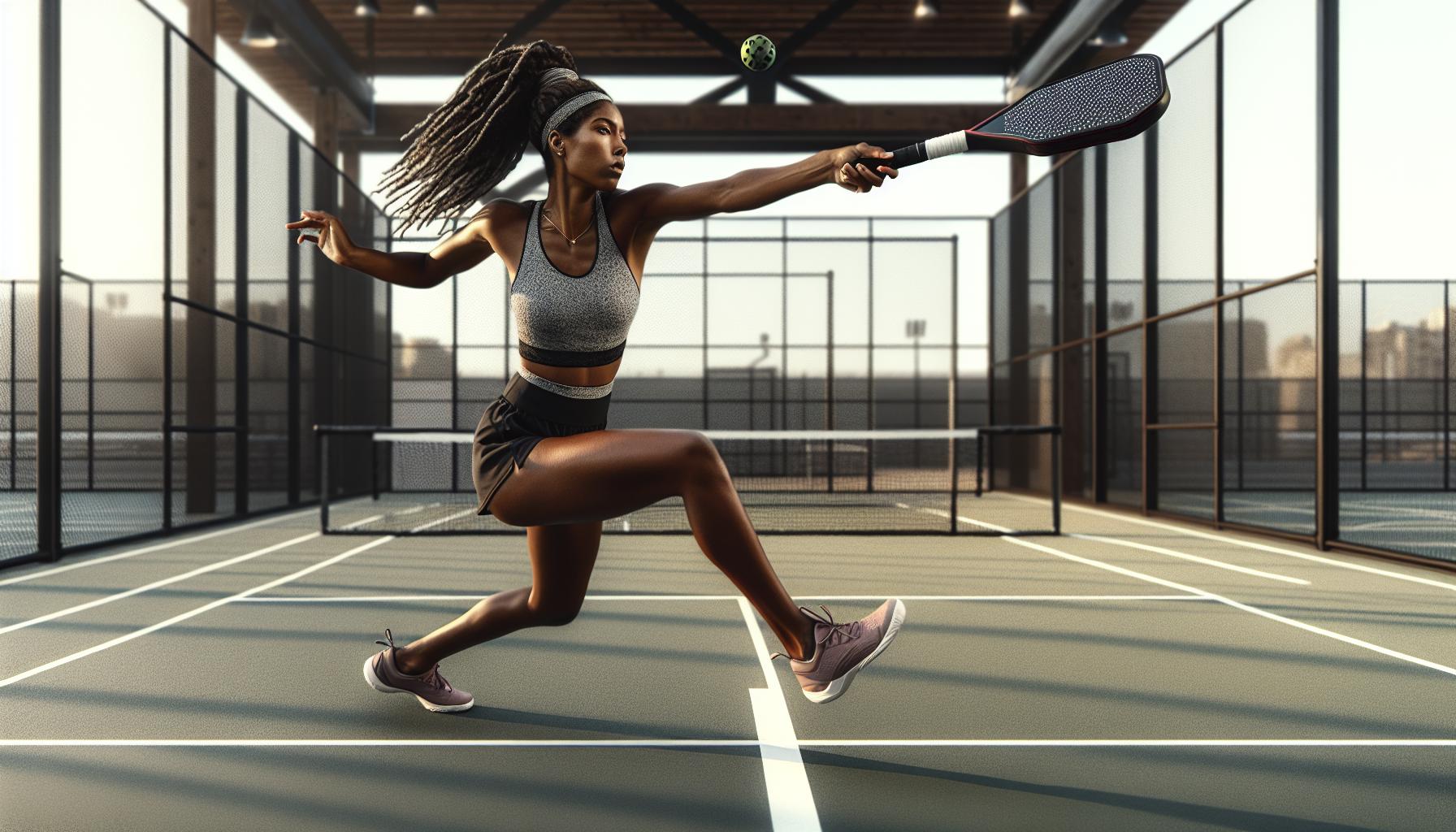
One of the quickest ways for beginners to gain an edge in pickleball is by perfecting their serve. A powerful and accurate serve can not only set the tone for the point but also put immediate pressure on opponents, forcing errors or weaker returns that are easier to capitalize on in subsequent shots.
Understanding Serve Mechanics
When it comes to serving in pickleball, mastering the mechanics is crucial. Players should focus on a fluid motion that combines arm swing, wrist snap, and body rotation to generate power without sacrificing control. It’s important to practice both the high soft serve, which arcs into the air and drops near the baseline, and the hard, flat serve that travels quickly and directly over the net. Balancing these two types of serves can keep opponents guessing and off-balance.
Serve Placement Strategy
Equally important to the serve’s power is its placement. Striking the ball so that it lands near the corners of the service box can stretch the opposing player, making it difficult for them to return with a strong shot. Experimenting with serving to different areas of the court can reveal what works best against different opponents.
- Near the baseline to push the opponent back
- Close to the sidelines to force a wide return
- Short serves to bring the opponent closer to the net
Practice Routines for Improvement
To truly perfect your serve, implementing a consistent practice routine is key.
- Start by aiming for specific targets on the court to improve accuracy. Placing cones or markers in different areas of the service box can help.
- Mix up serves during practice sessions to become proficient in both power and placement.
- Using a ball machine or practicing with a partner can simulate match conditions and offer instant feedback on serve effectiveness.
Common Mistakes to Avoid
While working on the serve, it’s essential to be mindful of common pitfalls.
- Avoid overhitting. Trying too hard to achieve power can lead to loss of control and increased faults.
- Don’t neglect the importance of the toss. A consistent, well-placed ball toss is fundamental for a reliable serve.
- Be wary of foot faults by ensuring that your feet stay behind the baseline until after contact with the ball is made.
The Art of the Dink
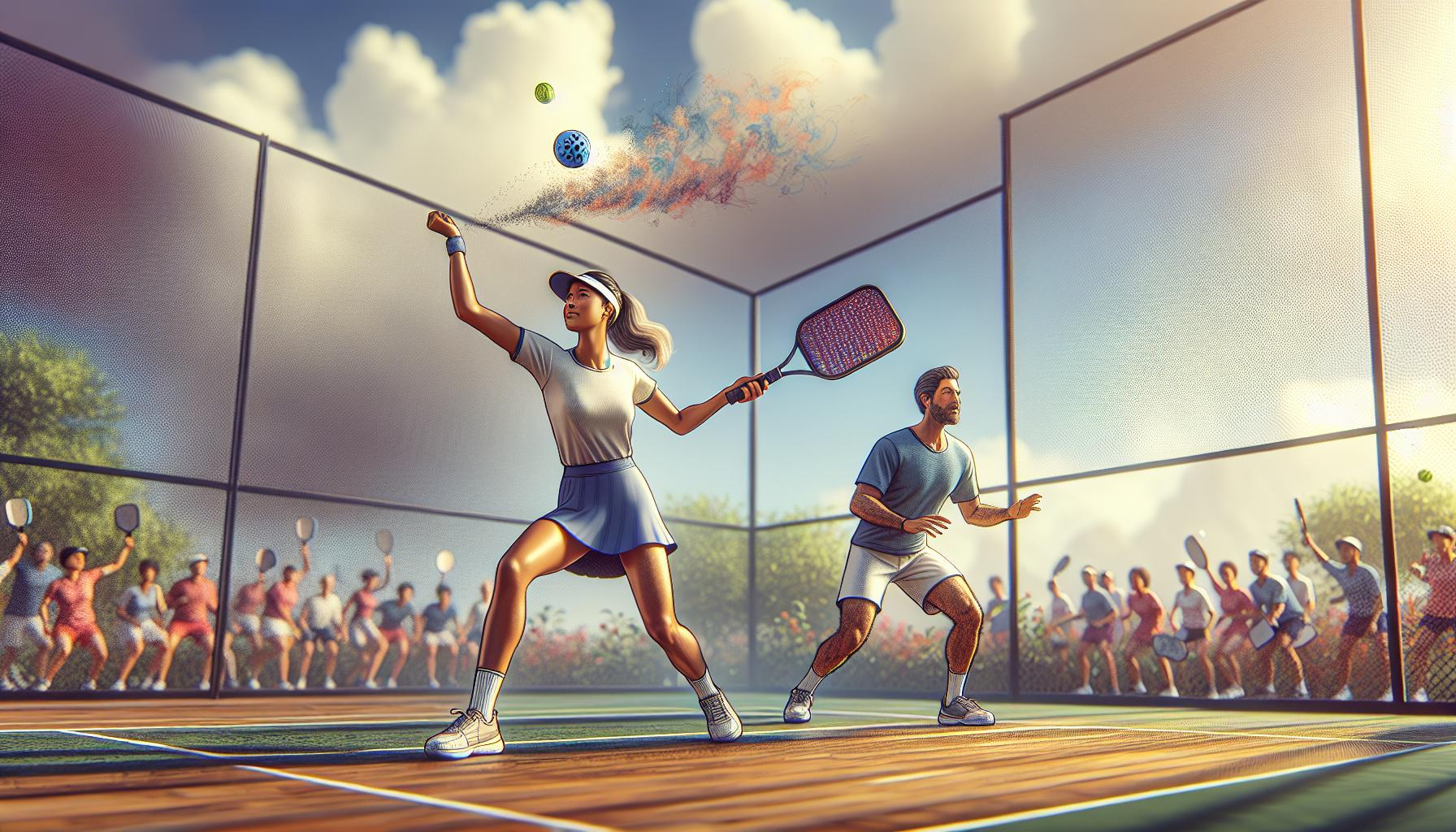
In pickleball, mastering the subtleties of the game can make a tremendous difference, and one such subtlety is the art of the dink. A dink is a soft, controlled shot hit into the opponent’s non-volley zone, often used to outmaneuver opponents and set up more aggressive plays. It’s a vital skill for beginners to grasp, as it can drastically change the pace and strategy of the game.
To successfully execute a dink, players must focus on precision and control rather than power. The goal is to barely clear the net and land the ball into the non-volley zone, making it difficult for opponents to return with strength. This requires a relaxed grip, a gentle touch, and an open paddle face. The dink becomes a strategic tool, forcing opponents to move up to the net and setting up opportunities for stronger shots.
Effective Dinking Strategies:
- Patience is Key: Dinking rallies can test patience. It’s crucial to wait for the perfect opportunity to escalate the play instead of forcing a hard shot that could lead to errors.
- Positioning: Standing too close to the net can leave players vulnerable to lob shots, while standing too far back might not provide the angle needed for a successful dink. Finding the right balance is essential.
- Observation: Paying attention to the opponents’ positioning and readiness can provide valuable insights into where to place the dink for maximum effectiveness.
Practice routines for dinking can include drills focusing on accuracy, such as targeting specific areas within the non-volley zone and practicing with a partner to develop the soft touch needed for effective dinks.
- Overusing the Dink: While a useful strategy, relying too heavily on dinking can become predictable. It’s important to mix up plays to keep opponents guessing.
- Poor Footwork: Effective dinking requires good footwork to position oneself correctly and react to the opponents’ shots. Neglecting this aspect can lead to less control over the dink.
- Lack of Variation: Varying the pace and placement of dinks keeps opponents off balance. Consistently hitting dinks to the same spot makes it easier for opponents to anticipate and counter.
Strategic Court Positioning
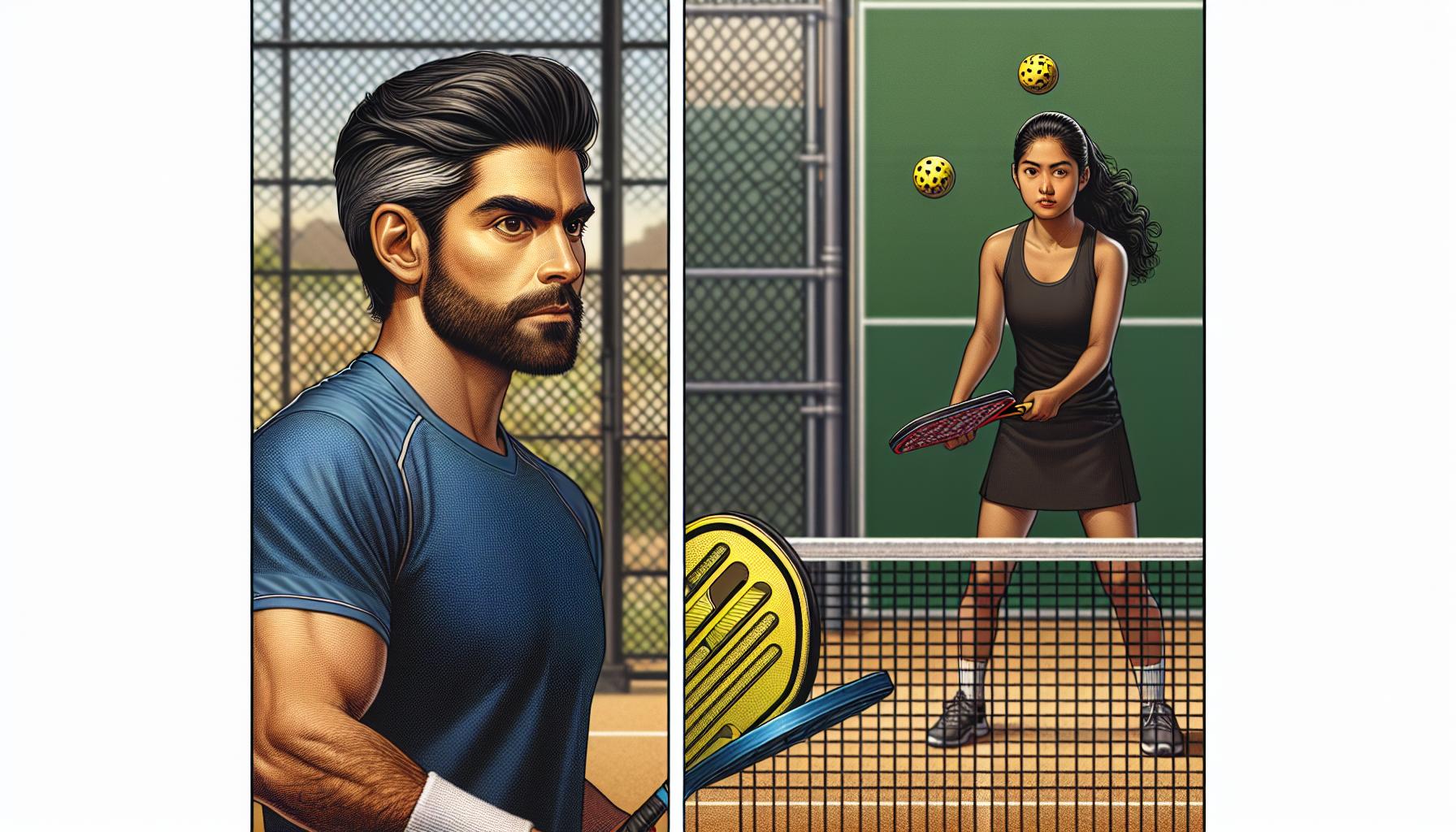
In pickleball, where one stands can often dictate the flow of the game, turning the tide in or against one’s favor. Beginners might find court positioning a bit complex at first, but grasp this, and they’re already a step ahead of their competition. Strategic Court Positioning is not just about where to stand but when to move and how this movement influences the game.
The primary positions in pickleball include the baseline, the non-volley zone (NVZ) or ‘kitchen’, and the transition area. Each serves a unique purpose, with specific strategies tied to them. For beginners, understanding these positions can significantly enhance their gameplay.
- The Baseline is where players serve and often return serves. Standing too close or too far back can affect shot quality. Optimal serving position is just behind the baseline, allowing for a full range of motion and power in the serve.
- The Non-Volley Zone (NVZ), commonly known as the kitchen, is vital for dinks and soft shots aiming to force an error from the opponent. Successful players spend a significant amount of time here during rallies, ready to pounce on short balls.
- The Transition Area is the space between the baseline and the NVZ. Mastery of this area, often moving through it with purpose rather than lingering, can help avoid being caught off guard by opponents’ shots.
Movement between these areas should be deliberate and calculated. Watching and anticipating the opponent’s next move allows for better positioning and more effective shotmaking.
Movement and Anticipation
Movement in pickleball isn’t just physical; it’s strategic. Effective players understand that:
- Moving together with their partner in doubles keeps the court covered.
- Anticipating the opponent’s shots allows them to position themselves effectively to receive the ball.
- Adjusting their grip and stance based on their court position helps prepare for a variety of shots.
Practicing these movements and transitions can help beginners feel more comfortable on the court, making their play more dynamic and unpredictable to opponents.
- Shadowing drills, where players move without the ball, focusing solely on positioning in response to a coach or partner’s cues.
- Targeted shot drills, aiming at specific court areas to improve shot accuracy and consistency
Putting It All Together
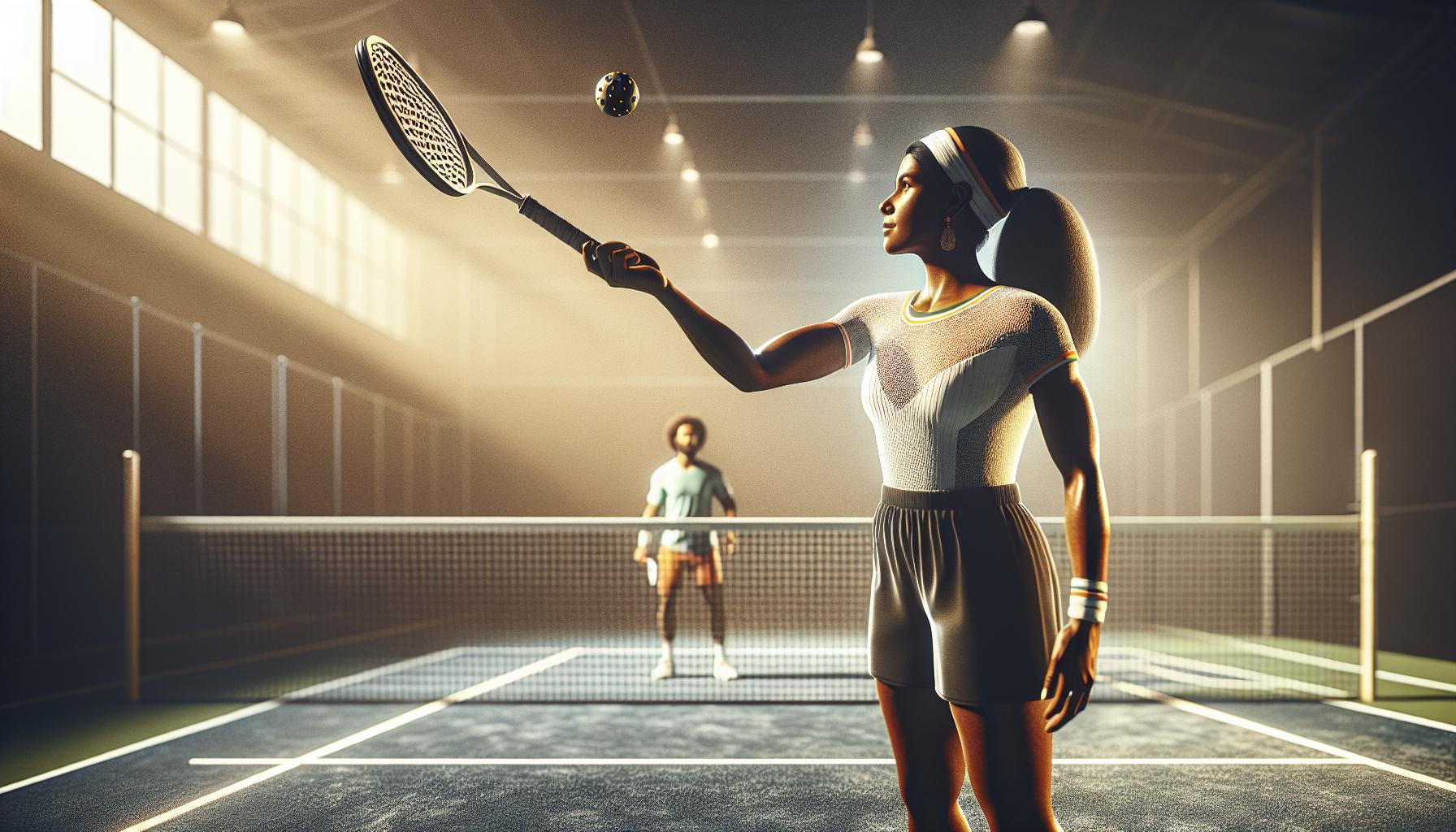
Once beginners grasp the fundamentals—from mastering the serve and the dink to strategic court positioning and predictive movements—the next step is to integrate these elements into a comprehensive gameplay strategy. The transformation from learning to execution is crucial for not just playing but excelling in pickleball. It involves understanding how and when to use different shots and maneuvers depending on the in-game situation.
Beginners should start by setting small, achievable goals for each practice session. Whether it’s improving serve accuracy or mastering the dink over the net, focused objectives streamline the learning process. Moreover, it’s essential to incorporate drills that simulate real-game scenarios. Practice matches with friends or fellow beginners serve as invaluable opportunities to apply techniques in a less pressured environment before hitting more competitive courts.
Analyzing play—either through self-reflection or by watching others—plays a pivotal role in putting it all together. Observing seasoned players and noting how they move, where they position themselves, and how they execute their shots can provide a wealth of knowledge. Beginners should pay special attention to how experienced players manage the pace of the game through strategic shot selection and positioning.
To help with this integration process, here’s a simple framework:
- Pre-serve:
- Assess opponent’s position and weaknesses.
- Decide on the serve type based on current game strategy.
- Serve execution:
- Focus on accuracy and consistency.
- Vary serves to keep opponents guessing.
- Post-serve strategy:
- Immediately move into an optimal court position for the return.
- Be prepared to execute a third shot drop or a deep drive based on the return.
- Volleys and Dinks:
- Develop a keen sense for when to engage in a soft game (dinks) versus when to apply pressure with harder shots.
- Positioning is key to controlling the pace and flow of the game.
- Movement and Anticipation:
- Always stay on the balls of the feet for quick, responsive movement.
- Anticipate the opponent’s shots to maintain an advantageous position.
Incorporating these elements requires patience and practice. Success in pickleball doesn’t happen overnight. Every match, whether won or lost, is a learning opportunity to refine techniques, strategies, and understand the game deeper. Players should remember to maintain a positive attitude and resilience, as these are invaluable traits on the journey to becoming proficient in pickleball.
Conclusion
Stepping onto the pickleball court with a solid strategy can make all the difference for beginners. By focusing on the essentials like perfecting the serve and mastering the dink while also paying attention to movement and positioning players set themselves up for success. Remember that integrating these strategies into your gameplay isn’t an overnight process. It takes patience and consistent practice. So keep a positive attitude and stay resilient. Every game is a chance to improve and every shot is an opportunity to learn. With these strategies in hand you’re well on your way to enjoying and winning at pickleball. Happy playing!

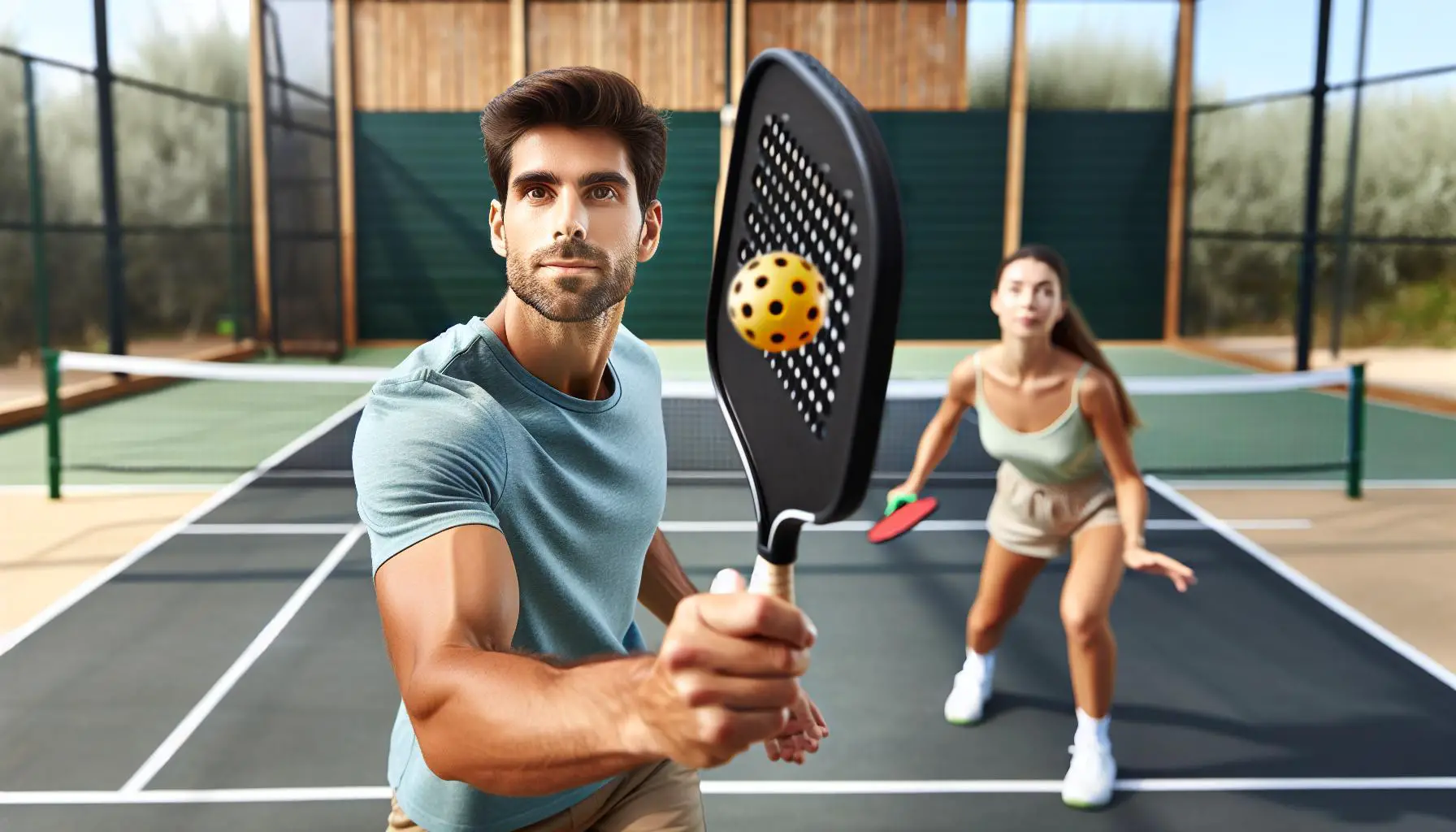









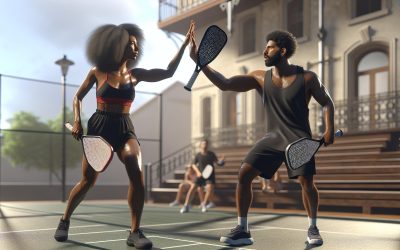

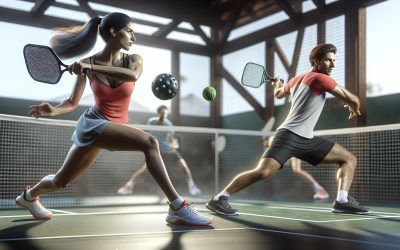
0 Comments